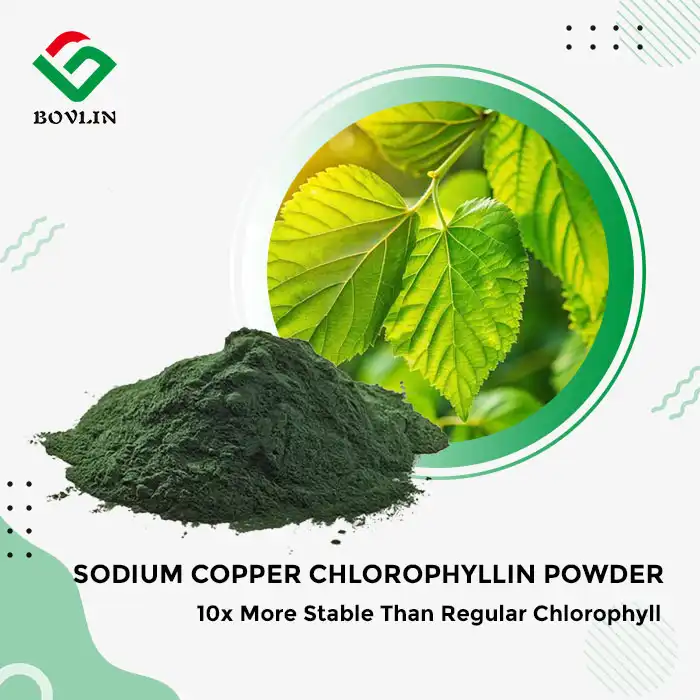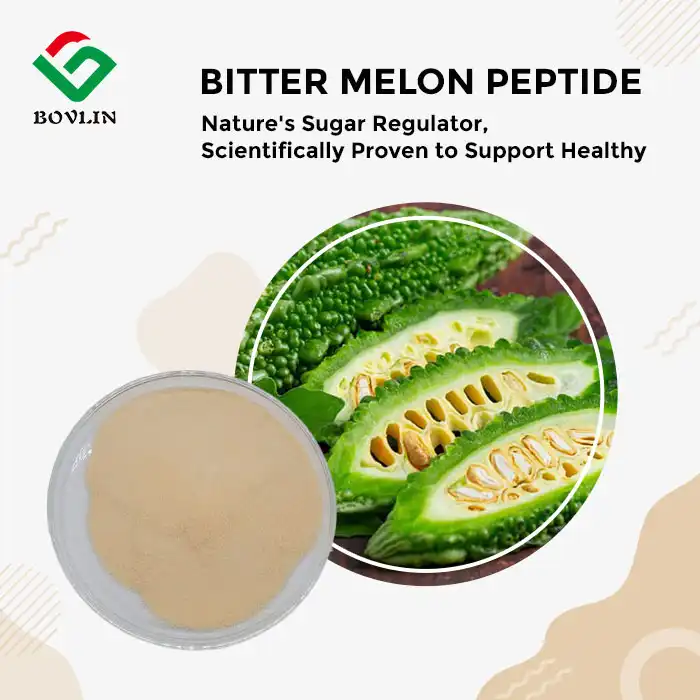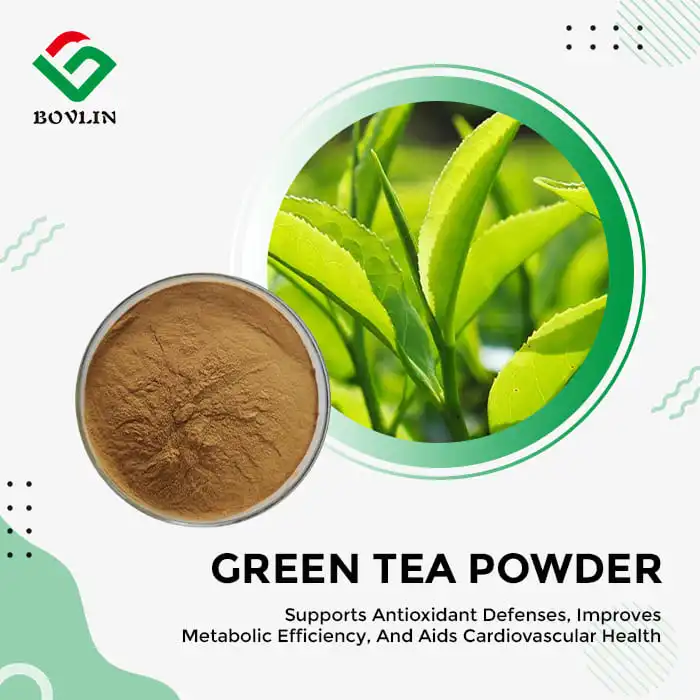How Does Hydrolyzed Pea Protein Compare to Other Plant Proteins?
Nutritional Profile and Amino Acid Composition
Hydrolyzed pea protein powder stands out among plant-based proteins due to its exceptional nutritional profile. Unlike many other plant proteins, pea protein offers a complete amino acid spectrum, including all nine essential amino acids that the human body cannot produce on its own. This completeness is crucial for muscle building, tissue repair, and overall bodily functions. The hydrolysis process further enhances the bioavailability of these amino acids, making them more readily absorbed by the body compared to their non-hydrolyzed counterparts.
The branched-chain amino acid (BCAA) content in pea peptide powder is particularly noteworthy. BCAAs, including leucine, isoleucine, and valine, are vital for muscle protein synthesis and recovery. Hydrolyzed pea protein boasts a BCAA profile that rivals that of whey protein, making it an excellent option for athletes and fitness enthusiasts seeking plant-based alternatives.
Digestibility and Absorption
One of the key advantages of hydrolyzed pea protein powder, also known as pea protein hydrolysate powder, is its superior digestibility. The hydrolysis process breaks down the protein into smaller peptides, which are easier for the body to absorb and utilize. This enhanced digestibility is particularly beneficial for individuals with sensitive digestive systems or those looking to maximize protein uptake.
Compared to other plant proteins like soy or rice, pea protein hydrolysate demonstrates a higher Protein Digestibility Corrected Amino Acid Score (PDCAAS), a measure of protein quality based on human digestibility. This high score indicates that a larger proportion of the protein is effectively utilized by the body, contributing to its growing popularity in the nutritional supplement industry.
Functional Properties in Food Applications
Hydrolyzed pea protein powder exhibits exceptional functional properties that set it apart in food applications. Its high solubility allows for seamless incorporation into various food and beverage formulations without compromising texture or taste. This versatility is a significant advantage over other plant proteins, which may have limitations in certain applications due to solubility issues or off-flavors.
Moreover, pea peptide powder demonstrates excellent emulsification and foaming properties, making it valuable in creating stable food products with desirable textures. These functional attributes allow food manufacturers to develop innovative plant-based products that closely mimic the sensory experiences of traditional animal-based foods, thereby expanding the appeal of plant-based options to a broader consumer base.
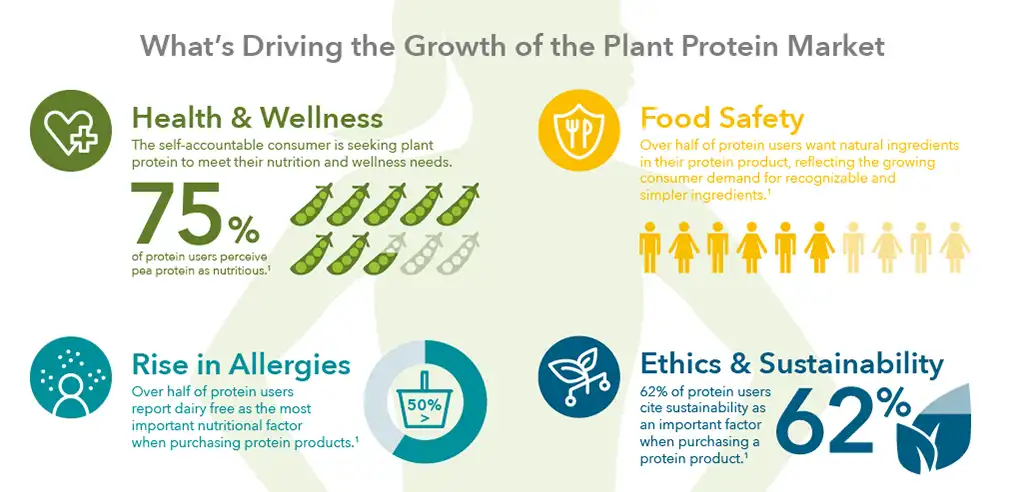
Sustainability and Allergen-Free Advantages
Environmental Impact and Resource Efficiency
The production of hydrolyzed pea protein powder aligns closely with sustainability goals, offering significant environmental benefits compared to animal-based proteins and even some other plant proteins. Peas are nitrogen-fixing crops that require minimal fertilization, reducing the environmental impact associated with intensive agriculture. Their cultivation also demands less water compared to many other protein sources, contributing to water conservation efforts.
Furthermore, pea crops have a lower carbon footprint and land use requirement per unit of protein produced. This efficiency in resource utilization positions pea protein as a more sustainable option for meeting the growing global demand for protein, especially in the face of climate change and resource scarcity challenges.
Allergen-Friendly Nature
One of the most compelling advantages of hydrolyzed pea protein powder is its hypoallergenic profile. Unlike common allergens such as soy, dairy, or wheat, peas are rarely associated with allergic reactions. This attribute makes pea protein hydrolysate an ideal choice for individuals with food allergies or sensitivities, as well as for manufacturers looking to create allergen-free products.
The allergen-friendly nature of pea peptide extends its applicability across various consumer segments, including those following specific dietary restrictions or lifestyles. It provides a safe and nutritious protein option for vegans, vegetarians, and individuals adhering to gluten-free or dairy-free diets, contributing to more inclusive food offerings in the market.
Clean Label and Consumer Perception
In an era where consumers are increasingly scrutinizing food labels and seeking "clean" ingredients, hydrolyzed pea protein powder offers a compelling solution. Its plant-based origin and minimal processing align well with the clean label trend, appealing to health-conscious consumers looking for natural and recognizable ingredients.
The perception of pea protein as a wholesome, sustainable, and allergen-friendly option has contributed to its growing acceptance among consumers. This positive image not only drives demand for pea protein-based products but also encourages food manufacturers to innovate and expand their plant-based offerings, further solidifying the role of pea protein in the future of nutrition.
Innovations in Functional Food and Beverage Applications
Plant-Based Meat Alternatives
Hydrolyzed pea protein powder is revolutionizing the plant-based meat alternative sector. Its unique properties allow for the creation of products that closely mimic the texture and nutritional profile of animal-based meats. The pea peptide structure contributes to the desirable fibrous texture in meat analogues, while its complete amino acid profile ensures nutritional equivalence.
Innovative applications include the development of high-protein burgers, sausages, and deli slices that cater to the growing flexitarian market. The neutral flavor profile of pea protein hydrolysate allows for versatile seasoning options, enabling manufacturers to create a wide range of globally inspired plant-based meat products that appeal to diverse consumer preferences.
Fortified Beverages and Sports Nutrition
The excellent solubility and digestibility of hydrolyzed pea protein powder make it an ideal ingredient for fortified beverages and sports nutrition products. Manufacturers are incorporating pea protein hydrolysate into smoothies, protein shakes, and recovery drinks, offering consumers plant-based alternatives to traditional whey-based products.
In the realm of sports nutrition, pea peptide powder is gaining traction as a premium plant-based protein source. Its rapid absorption and robust amino acid profile support muscle recovery and growth, making it a popular choice among athletes and fitness enthusiasts seeking plant-based performance nutrition options.
Functional Snacks and Baked Goods
The food industry is witnessing a surge in functional snacks and baked goods fortified with hydrolyzed pea protein. This trend caters to the growing consumer demand for nutritious, on-the-go options that provide sustained energy and satiety. Innovative applications include high-protein bars, cookies, and crackers that leverage the functional properties of pea protein hydrolysate to enhance texture and nutritional value.
Bakers are also exploring the use of pea peptide powder in bread, muffins, and pastries to boost protein content without compromising taste or texture. The ability of hydrolyzed pea protein to improve water retention in baked goods contributes to enhanced freshness and shelf life, addressing key challenges in the baking industry.
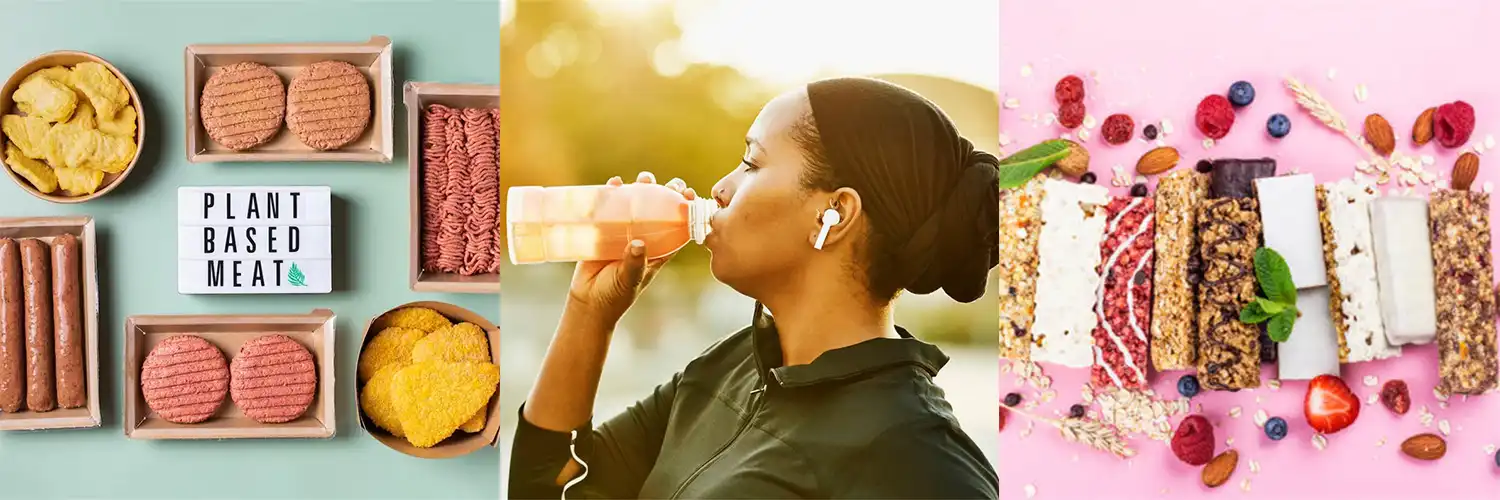
Conclusion
Hydrolyzed pea protein powder is poised to play a pivotal role in shaping the future of plant-based nutrition. Its exceptional nutritional profile, sustainability credentials, and versatile applications position it as a frontrunner in meeting the evolving demands of consumers and the food industry alike. As research continues to unveil new benefits and applications, hydrolyzed pea protein is likely to become an indispensable ingredient in the development of innovative, sustainable, and health-promoting food products. The future of plant-based nutrition looks promising, with pea protein hydrolysate leading the charge towards a more sustainable and nutritious food system.
Contact Us
For more information about our high-quality hydrolyzed pea protein powder and how it can benefit your food manufacturing processes, please contact us at sales1@bovlin.com. Our team of experts is ready to assist you in incorporating this innovative ingredient into your product line and staying ahead in the plant-based nutrition revolution.

